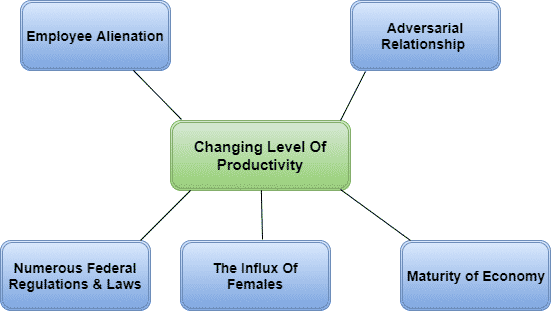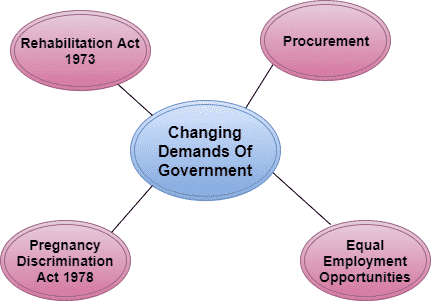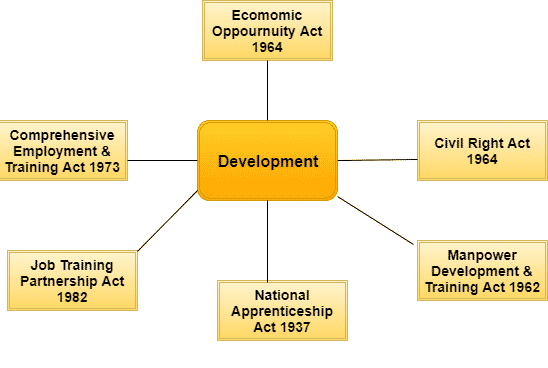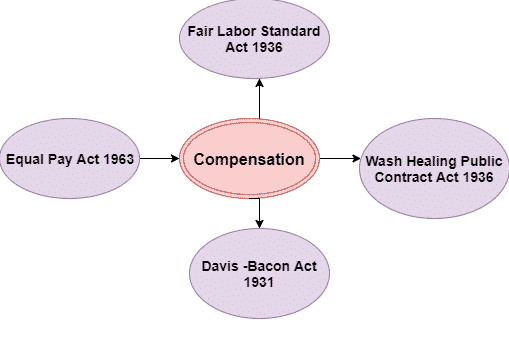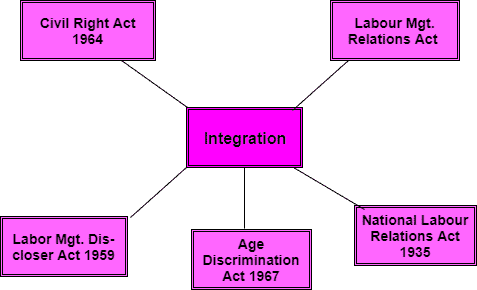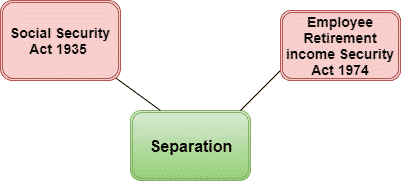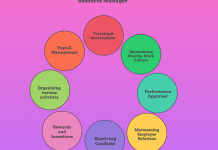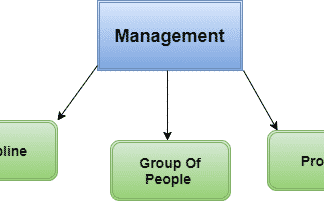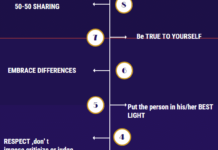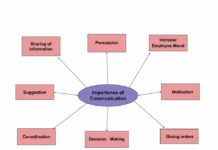H.R.M and its Evolving Role In 21 Century.
We need to look to discover a challenging task in the field of H.R.M. Managers may ignore their personal problem but they can’t ignore organizational problems. Many problems are caused by constant changes that occur both within & outside of the firm.
The following points illustrate challenges in HRM
1. Changing a mix of the workforce.
Among the major changes in the mix of personnel entering the workforce such as
i)Increased numbers of minority members
To enter the organization greater skill is required. The imbalance in the workforce has led to a greater number of minority personnel being hired for all types of jobs. This group holds less skilled & lower-paid jobs such as work or labor.
ii) Increasing levels of formal Education
For the entire workforce improvement in education level for black professionals, technical, managerial, clerical sales, etc. The type of jobs has also been accomplished by increasing the level all along the line. Previously the formal education level of the workforce was limited but now the scenario has changed now we can see the overall number of the professional job is projected to rise by about 30% this progress considering a steady increase in both the size of the workforce & level of education.
iii) More female employees
Indian laws have contributed to a greater no. of female employees entering the workforce. Women have entered organizations in recent years is as much faster in the past years than men.
iv) More working mothers
It is observed that an increasing proportion of female employees have children under the age of 5 years is more. This made it difficult for them to become a regular member of the organization. H.R. managers should seriously consider such practices as flexible hours of work. This problem can be solved by sharing one job with two or more employees & providing childcare during working hours.
2 changing the personal values of workers
The changing mix of the workforce leads to the introduction of new values to the organization. In the past, the workforce of America has heavily utilized work ethics such as behavioral norms like punctuality, honesty, and religion. The workforce with this type of values is highly adopted by the organization.to persuade the values of productivity, efficiency & effectiveness. Nowadays work ethics is declining as the self-determination of work schedules is an interesting phenomenon in this country. Flextime is a program that allows flexible le starting & quitting times for employees.
The insurance industry showed greater interest in this type of schedule. Though Flexi-time fits quite well with the modern workforce such a plan has also been found to have a number of advantages for the employee. Such as to enhance productivity, and reduce employee job-hopping, and absenteeism to improve morale and turnover.
And now from Europe where flex time was first developed there comes the suggestion of a flexy year schedule. Here worker can sign the contract to work as per his requirements during the year.
For Eg, if one is contracted to work 1200 HRS during a year, this could be fulfilled in 120 days of 10 hours or 240 days of 5 hours, or any particular combination that fits the personal requirement. it is estimated that at least 12 firms with a total of 100 employees as using the working year contract in West Germany.
3 Changing the expectation of citizen employees
There are increasing signs that the external right of citizenship is penetrating the boundaries of business rights which help to improve the quality of the word line. To prominent illustrations are
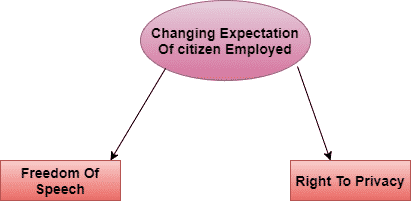
An employee cannot criticize the management and its product because of fear of job security. In public organizations, this right of “Whistle Blowing” is fairly well protected. Some private firms have voluntarily adopted policies favorable to employees’ freedom of speech, while others have been forced to search such practices through court cases.
ii. Right to privacy
a ) Personal information: Employees peruse greater intervention of privacy when their personal information is distributed to others without their permission.
b) Personality information
As compared with productivity data is disclosed and given to outsiders rather than those working within the firm.
4 Changing the level of productivity
The most serious current problem managers are facing is productivity. There have been many reasons for the recent decline.
i) Numerous federal regulations & Laws
Laws have added to the cost of doing business by enhancing productivity in the short-run such as environmental protection, health& safety, affirmative actions & so on.
ii)The influx of females
This has resulted in less productivity during the introductory period.
iii)Maturity of economy
There is an entry of more services rather than manufacturing type of system. Providing services is considered more difficult than becoming more efficient in the production process.
iv)Adversarial relationship
Labor unions reduce co-operate efforts that would enhance productivity. Numerous union-negotiated work rules are designed to protect jobs & income in the short run.
v) Employee Alienation.
It leads to a refusal to collaborate in the interest of improving productivity. It has been suggested that poor work attitude has been caused because of high job insecurity & autocratic managers who deny employees participation in decision making hence it affects the quality of the word line.
5) Changing demands of government
We have to appreciate the fact that H.R.M. is becoming increasingly legalized in our society. There are various laws & acts regarding procurement, development, compensation, Integration maintenance & Separation
i) Procurement: – Civil right Act of 1964 prohibits discrimination in hiring on basis of religion, dress scene, color & nationality
ii) Equal employment Oppournuties: -Oppournuties ties 1972 empowers the federal commission to undertake court action
iii) Rehabilitation Act of 1973: – Requires government contractors to take affirmative action to hire handicapped personnel
iv) Pregnancy discrimination act 1978: – Requires employers to treat pregnant employees in the same manner as other employees.
6. Development
i)National Apprenticeship Act of 1937
Details of basic program requirements of certification
ii) Manpower Development& Training Act of 1962
Funds special program for unskilled labor
iii) Civil Right Act of 1964
It applies to a training program
iv)Economic Oppournuties Act of 1964 –
Funds special program for the hardcore employment
v) Comprehensive Employment & Training Act of 1973–
It Emphasises local control of job creation& training programs for the unemployed & welfare families.
vi) Job Training Partnership Act of 1982–
Private industry’s involvement in training the unemployed
7. Compensation
i) Davis -Bacon Act of 1931 –
Establishes minimum wages & overtime hours, government construction work
ii)Wash Healing public Control Act 1936–
Sets minimum wages & overtime hours for a government contract in excess of $1000.
iii) Fair Labor Standard Of 1936
Established minimum wages & overtime hours for firms exchanged in interstate commerce.
iv) Equal Pay Act of 1963
It states that women and men of the same job get equal pay.
8) Integration
Norris-Laguardia The act of 1932 it limits employees’ use against the labor union.
i) National Labor Relations Act of 1935
It protects the right to form a union & bargaining obligation on an employer
ii) Labour Management Relation Act Of 1947
This act is laid down for obligation for proper bargaining on the employer
iii) Labour Management Discloser Act of 1959
iv) Civil Right Act of 1964
It applies to all phases of employment including discipline.
v)Age Discrimination Act of 1967
It is amended in 1976 prohibit discrimination against workers aged from 40-70
9 Maintenance
Occupational Safety Health Act of 1973 it sets standards & enforces them through inspections & fines
10. Separation
i) Social Security Act of 1935
it set up federal retirement benefits & stimulates establishment of state laws to provide unemployment compensation for those led by the firms
ii) Employee Retirement Income Security Act 1974
It protects workers’ rights in a private pension plan& requires some form of employee ownership share.


